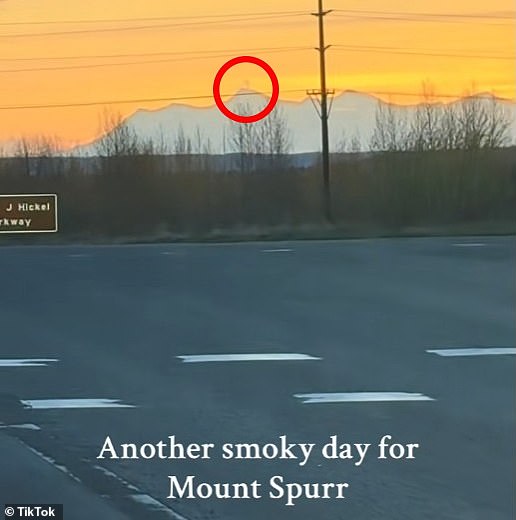
Major US City on Volcano Alert After Earthquake Swarm Sparks Resident Fears
Alaska’s Mount Spurr Shows Signs of Potential Eruption Amid Earthquake Swarm
More than two dozen earthquakes have shaken Alaska’s Mount Spurr in recent days, raising concerns of a possible eruption. The 11,000-foot stratovolcano, located 81 miles west of Anchorage, has exhibited over a year of unrest, including gas emissions and seismic activity. Scientists from the Alaska Volcano Observatory (AVO) warn an eruption could occur within weeks or months.
Recent Activity
In the past 48 hours, 28 shallow earthquakes were detected beneath the volcano, continuing a pattern of heightened seismic activity observed since April 2024. These tremors suggest magma may be moving closer to the surface. Residents recently captured video of steam and gas plumes rising from Mount Spurr’s summit, caused by magma heating underground water. While the AVO confirms ongoing low-level unrest, they note no immediate signs of an imminent eruption.
[Image: Gray vapor rising from Mount Spurr’s peak, captured by an Anchorage resident.]
Potential Eruption Impact
If Mount Spurr erupts, experts predict explosive activity similar to its 1992 event. An ash plume could reach 50,000 feet, endangering air travel. Anchorage International Airport, a global cargo hub, and Fairbanks Airport would likely shut down, disrupting flights worldwide. Ash particles are highly abrasive, posing risks to aircraft engines. In 1992, Anchorage’s airport closed for 20 hours, causing $2 million in damages and cleanup costs.
[Image: 1992 eruption of Mount Spurr, showing a massive ash cloud.]
Local Preparedness
Anchorage, home to 300,000 residents, is stockpiling supplies like masks, goggles, and water. While destructive mudflows and avalanches could race down the volcano at 200+ mph, nearby communities are outside the hazard zone. Past eruptions caused indirect fatalities, including heart attacks from ash cleanup.
Monitoring and Warnings
The AVO tracks earthquakes, ground deformation, and gas emissions. The next critical sign would be a sustained volcanic tremor—continuous seismic activity signaling magma ascent. Such tremors preceded the 1992 eruption by three weeks.
[Image: Steam emissions from Mount Spurr’s crater in March 2024.]
Historical Context
Mount Spurr’s last major eruption in 1992 darkened Anchorage skies, depositing ash across the city. While modern monitoring improves preparedness, the threat to air travel and local infrastructure remains significant. Scientists urge vigilance as the volcano’s activity evolves.
(Word count: ~600)


